The George Altham Years
Back to History Part 1 - The Early Years
The following year, one of Burnley’s most esteemed musicans, George Altham, became conductor, at the young age of 33. A local man, born on Mitella St, he studied privately.
Aged just 15, he became deputy organist at St. Peter’s Parish Church and became a fellow of the Royal College of Organists (FRCO) aged 23.
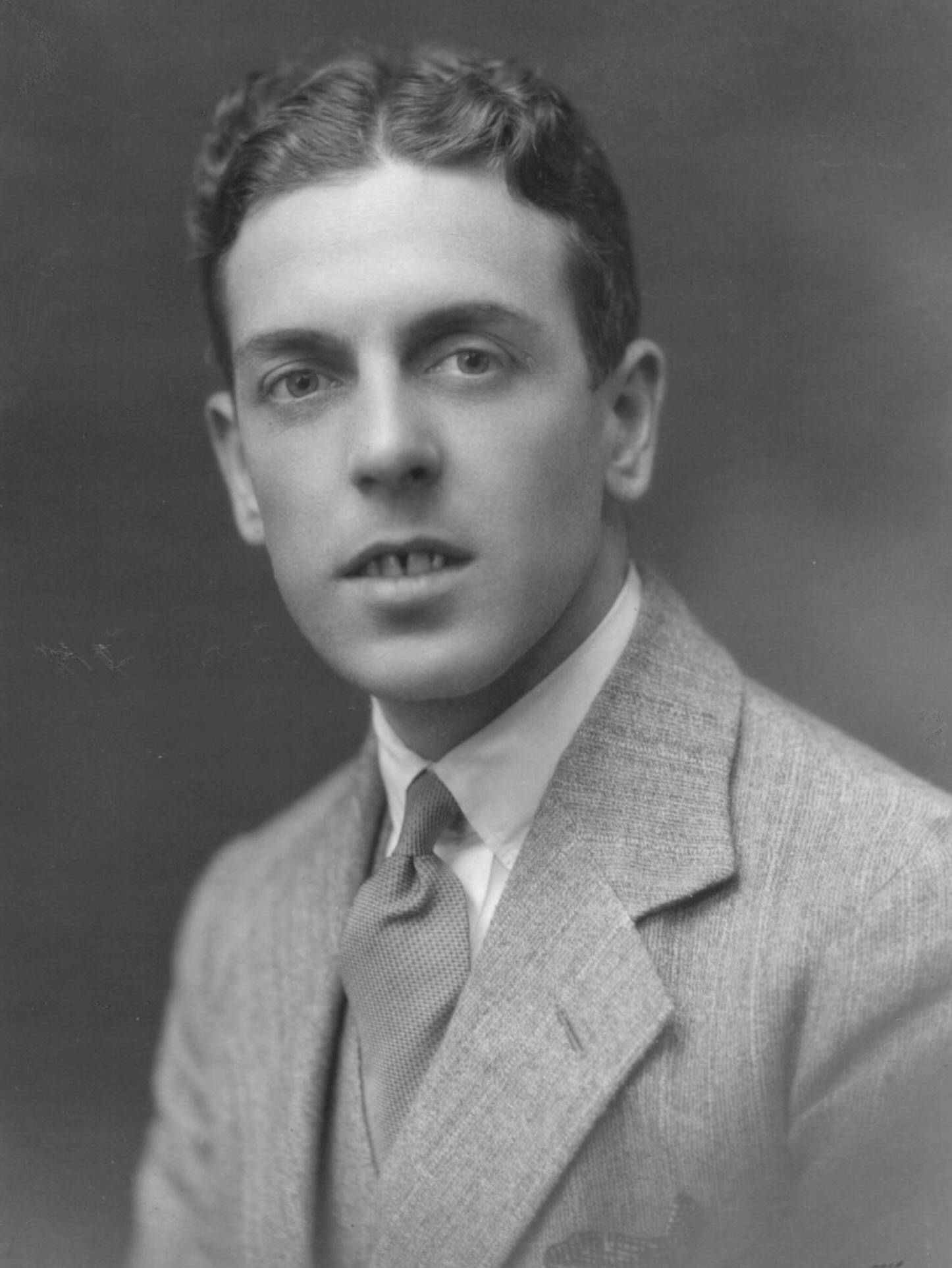
During the Great War he was a member of a Regimental Band in France playing trombone and euphonium. It is claimed that he could play every brass band instrument to a high standard. In 1920 he toured Norway with a London band, but returned to Burnley where he achieved great success with the Lowerhouse Mills Band.
In 1922 he became organist and choirmaster at St Catherine’s (Todmorden Rd.), but moved to Holy Trinity (Burnley Barracks) in 1928. He was organist and choirmaster at St Peter’s from 1935 – 46, before standing down. (He had a brief period as organist and choirmaster at St. Matthew’s from 1954 until his death in 1956).
He was a top class recital pianist and accompanist, and on one occasion gave an impromptu recital in Burnley when the guest soloist, the great Elisabeth Schumann, walked off the stage - not to return - because some members of the audience were smoking!
He was also the conductor of the Nelson Arion MVC for 20 years and led them to a notable triumph at the Welsh National Eisteddfod. Sir Arthur Bliss spoke very highly of him during a visit to Burnley in 1935, describing him as “enthusiastic and gifted”.
George Altham’s first concert was on New Year’s Day 1933. It was all 3 parts of Samuel Coleridge – Taylor’s Legend of Hiawatha. Frank Titterton, another very famous tenor, was the one of the soloists. Roy Henderson, (Kathleen Ferrier’s teacher), was the baritone. The new accompanist was Arthur Baldwin.
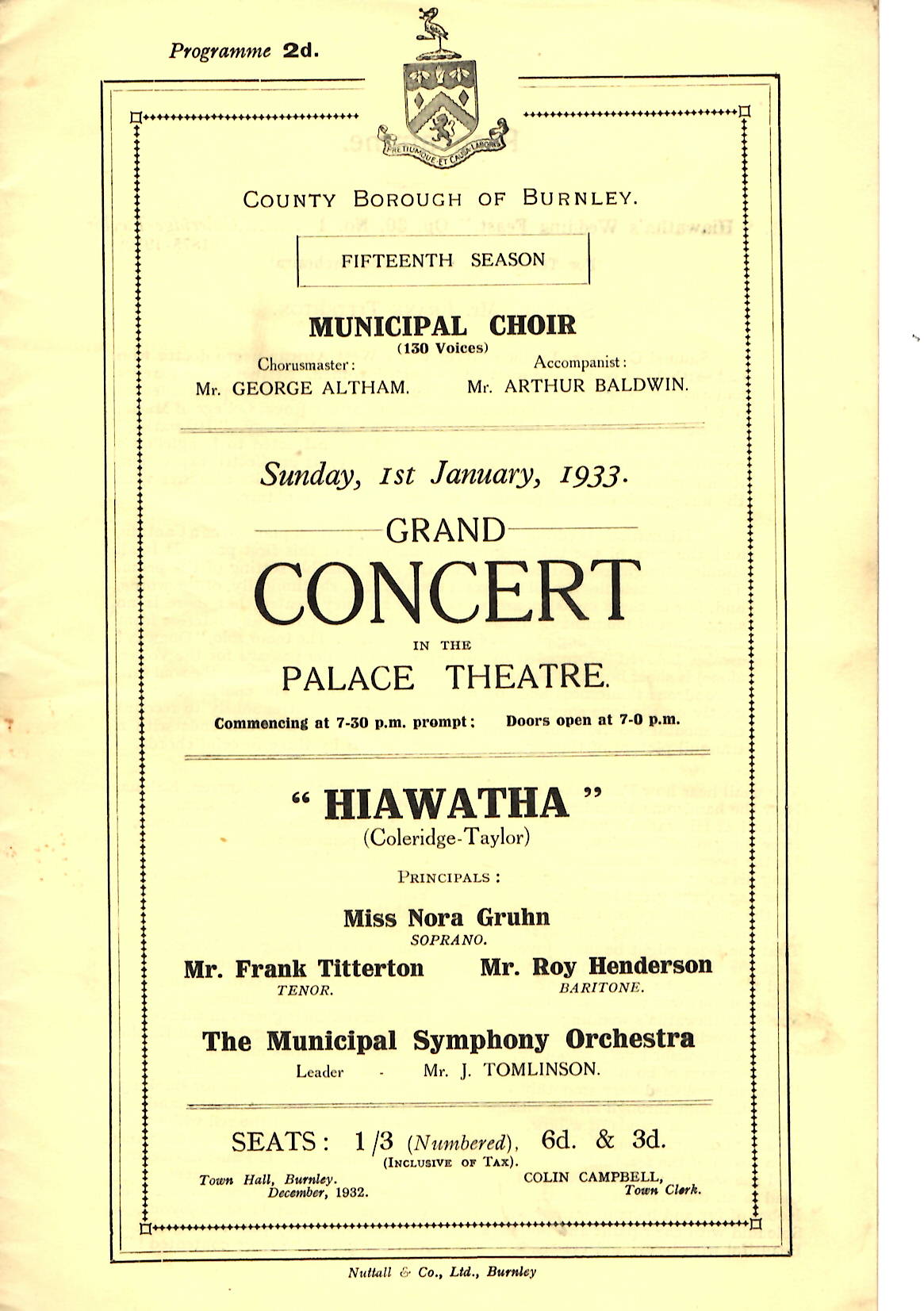
During George Altham’s tenure the choir reached new heights and consistently sang with 140 voices.
In the next 6 years that led up to the war, the choir repeated many of the works that they had sung in the previous decade, but notable additions to the repertoire were Elgar’s King Olaf (1933), The Spectre’s Bride (Dvorak) (1934), [with Heddle Nash], The Golden Legend (Sullivan) (1935), and Haydn’s Creation (1938).
Many of the soloists from the 1920s returned but there were some notable distinguished debutants. These included soprano - Joan Cross; altos - Mary Jarred and Gladys Ripley; tenors - the aforementioned Heddle Nash and Frank Titterton, along with Reginald Trippier and Henry Wendon, (who first sang with the choir in 1937); and bass-baritones - Roy Henderson, Horace Stevens and Dennis Noble.
When the choir sang Elgar’s The Light of Life in 1937, Frank Mullings returned for his final performance with the choir.
A young lady joined the 2nd sopranos in 1934. No one would have known it at the time but she was to become one of the greatest influences on the local amateur music and drama scene.
Her name - Hilda Basnett: singer, actress and a respected producer of plays, light opera and musicals including the Silver Jubilee production of The Arcadians in Towneley Park in 1977.
The Messiah was performed 6 times by the choir in the 1930s. Isobel Baillie was the soprano soloist at five of these concerts.
CORONATION CELEBRATIONS
A special concert was held in 1937 at the Pavilion in Towneley Park to celebrate the Coronation of George VI.
Handel’s Coronation Anthem “Zadok the Priest” and “The Heavens are telling” from The Creation were both sung in this concert, along with patriotic items by Parry and Elgar.
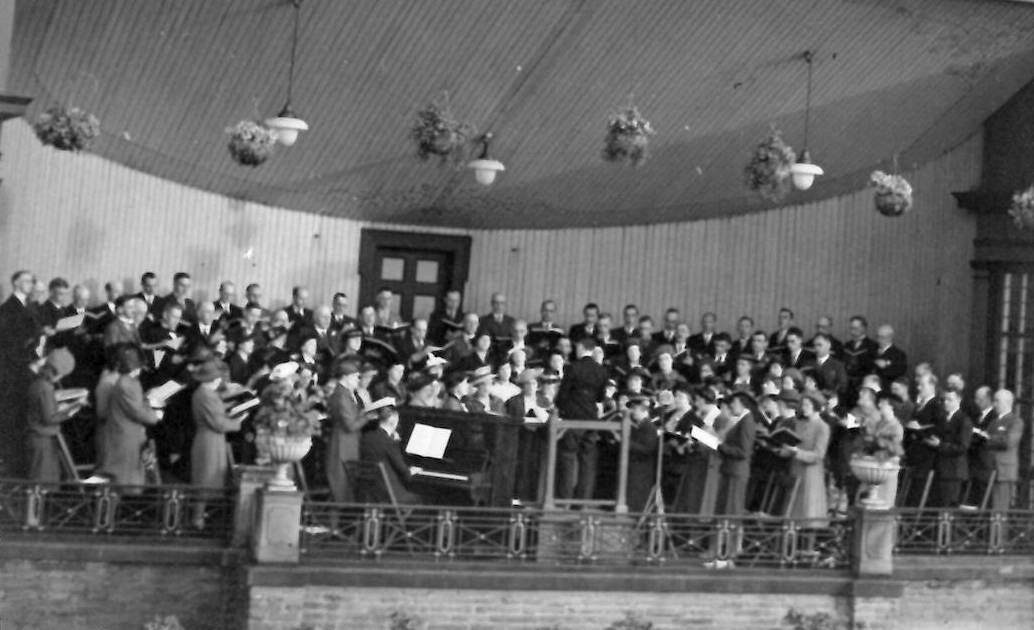
This photograph was taken at the Stocks Massey Pavilion concert in the summer of 1939, immediately before war broke out.
SERENADE TO MUSIC
On the 5th of October 1938, Vaughan-Williams’ Serenade to Music was given its first performance at the Royal Albert Hall. It was written specifically for 16 soloists to mark the 50th Anniversary of Sir Henry Wood’s Concerts.
The 16 soloists invited to participate were considered to be the best of their time, and it was an honour to be chosen. All accepted.
This has no real relevance to the Burnley Choir, but it is interesting to note that all but one of the singers have been soloists with the choir.
The sopranos were: Isobel Baillie, Lilian Stiles-Allen, Elsie Suddaby and Eva Turner.
Altos: Muriel Brunskill, Astra Desmond, Mary Jarred and Margaret Balfour.
Tenors: Heddle Nash, Frank Titterton, Walter Widdop and Parry Jones.
Bass-baritones: Harold Williams, Roy Henderson, Robert Easton and Norman Allin.
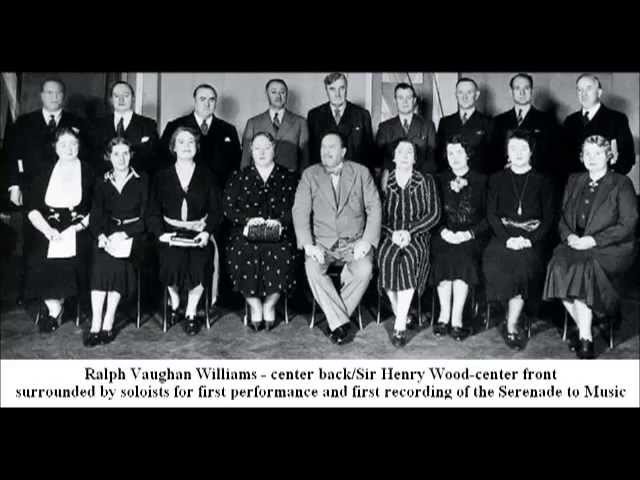
Lillian Stiles- Allen (Lily Allen) had sung 7 times with the choir – from 1922 – 39. She was one of the most sought-after soloists of her time, but is perhaps better known as the singing teacher of Julie Andrews.
Robert Easton had not sung with the choir at this point, but did so in 1946.
Eva Turner was the only singer who never sang with the choir.
THE WAR YEARS
The final concert at the Palace before the outbreak of war opened with Borodin’s Polovtsian Dances, and, perhaps fittingly, closed with Elgar’s Musicmakers.
Whilst many choirs suspended their rehearsals when war was declared, there was no cessation of activities at Burnley or Nelson under George Altham. In fact, the choir was busier than usual, with various extra concerts to boost the war effort, and numbers attending rehearsals and singing in concerts were pretty stable. Weekly singing was great for morale.
There were 30 concerts during the war years. Very few new works were sung by the choir, but Elgar’s From the Bavarian Highlands was added to the repertoire in 1941 – a somewhat surprising choice perhaps, given the national sentiment against all things German.
Several new soloists appeared with the choir during this period.
In 1940 the popular light tenor Webster Booth sang in A Tale of Old Japan (Coleridge-Taylor). According to George Altham’s “scrap book”, Webster Booth had had 17 Messiahs cancelled that year so he was very pleased to come to Burnley and sing.
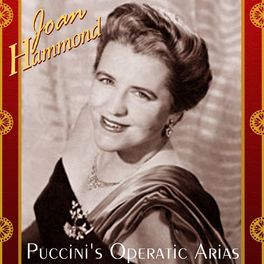
Other notable singers who sang with the choir in this period were: Dame Joan Hammond in a 1941 Verdi Requiem (still at this point sung in English), George Baker who sang Stanford’s Songs of the Fleet in 1942, Sir Peter Pears singing in Messiah in 1945, and Colne born baritone John Hargreaves, who was established as one of the country’s leading baritones and a member of the Sadler’s Wells company. He later became company manager there.
Perhaps the most famous singer to appear with the choir in the war years was contralto Kathleen Ferrier, who sang in a concert version of Merrie England on March 19th 1944. She was just becoming really well-known at this point.
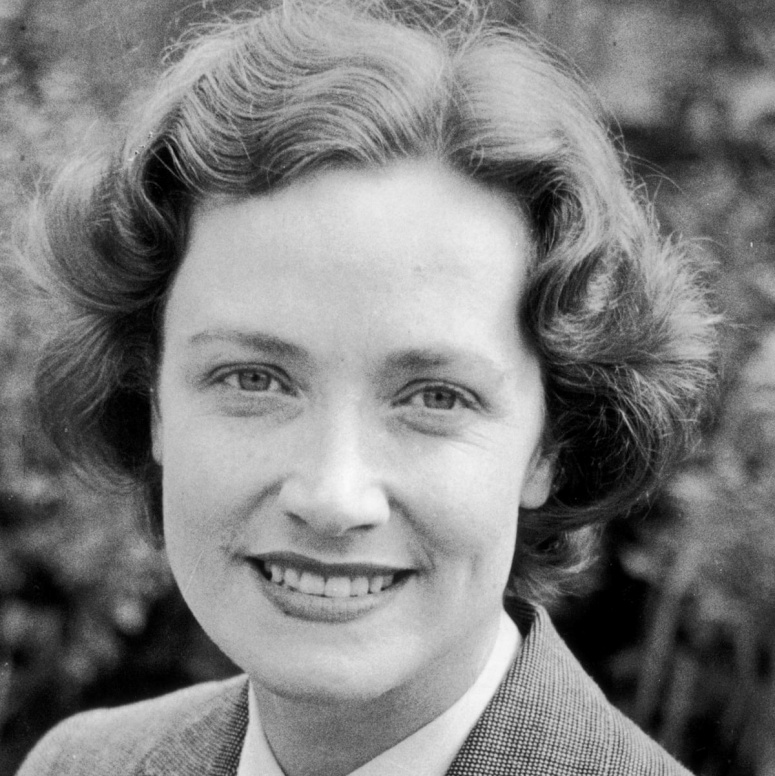
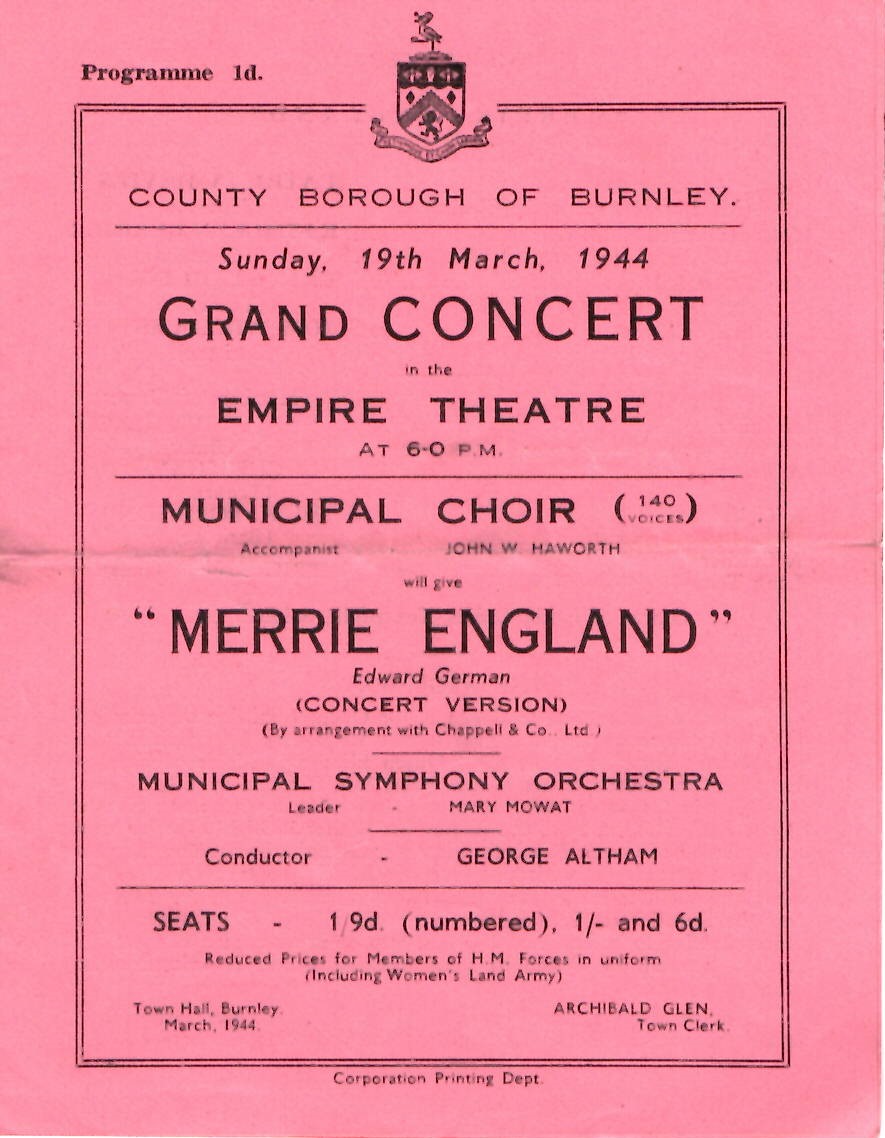
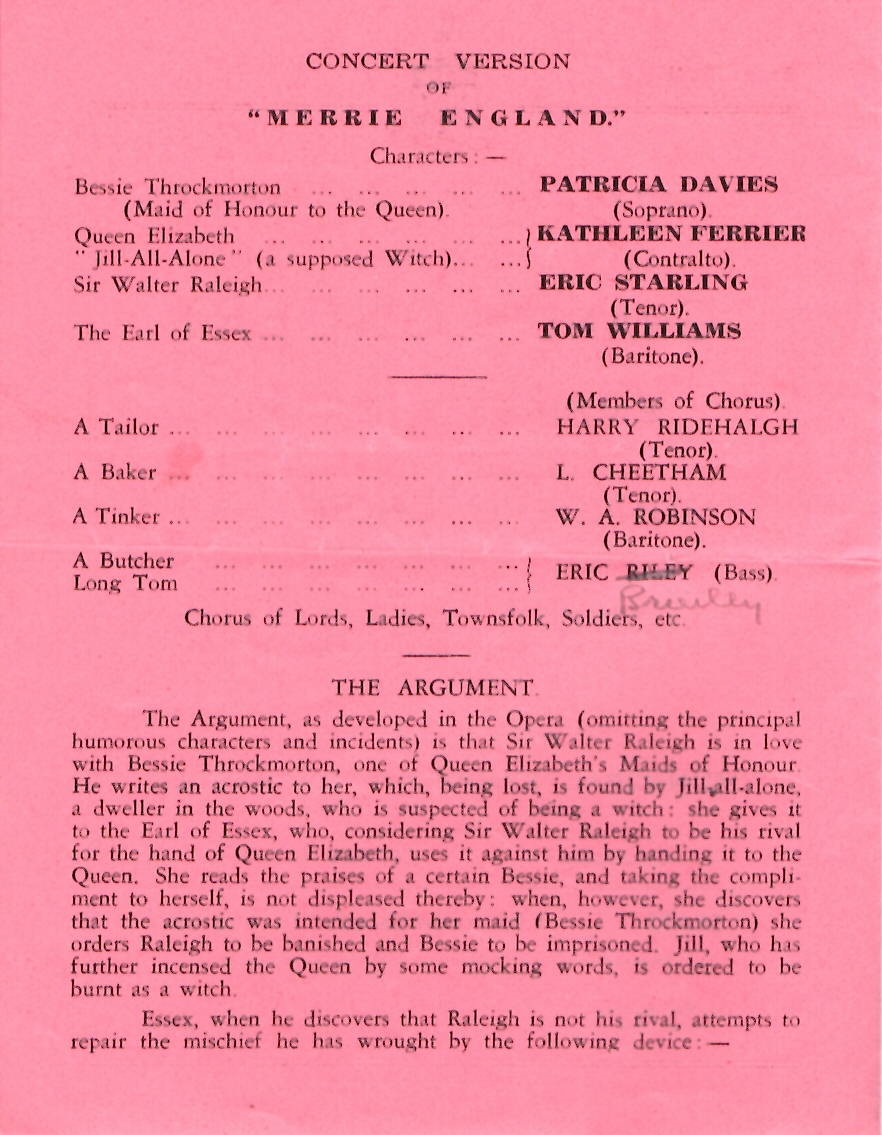
It was during this time that concerts moved from the Palace Hippodrome to the Burnley Empire, which of course still stands at the bottom end of St. James’ St.
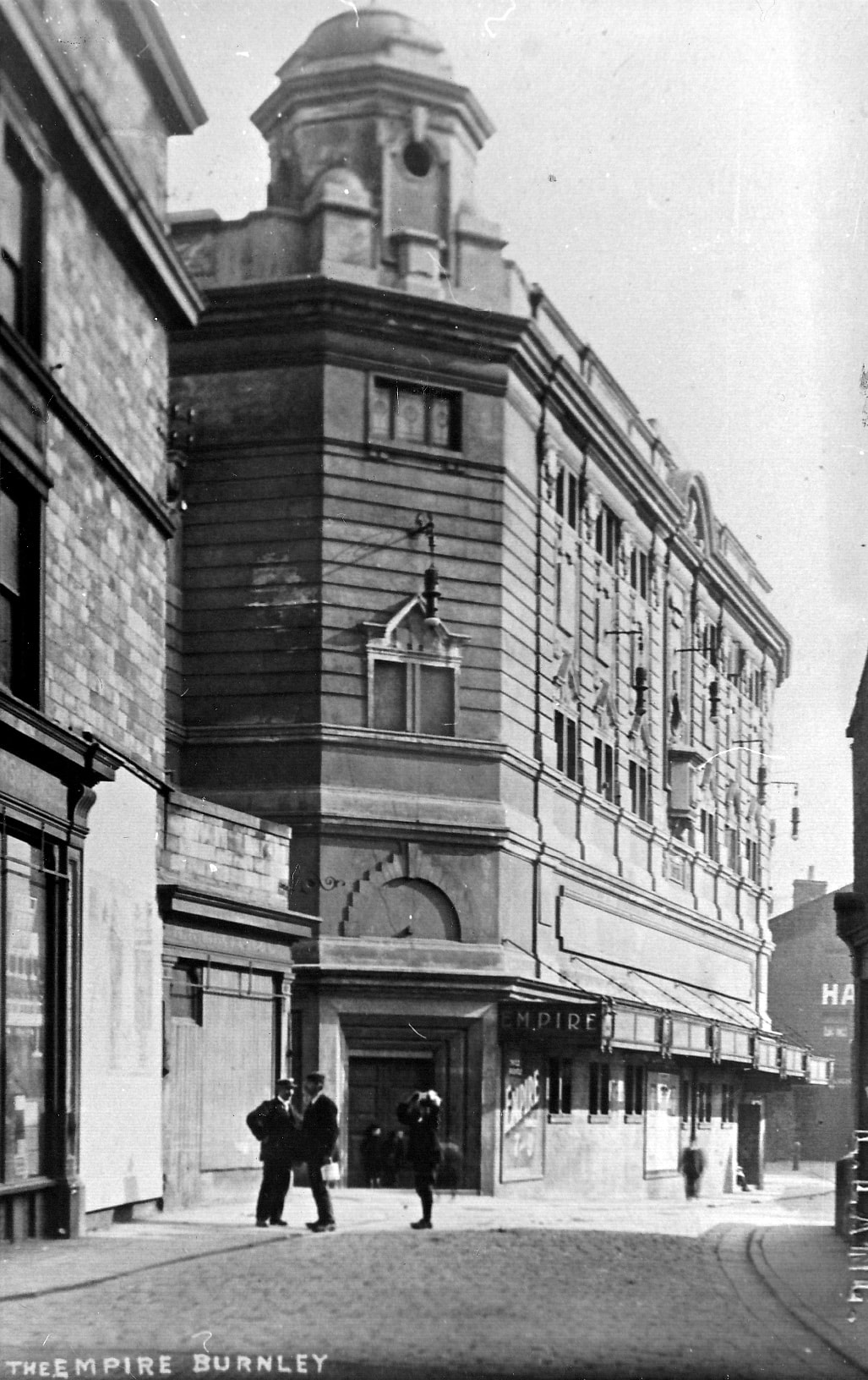
The first concert at the Empire was the Verdi Requiem with Joan Hammond, held on Sunday November 2nd 1941. Henry Wendon was the tenor.
The Palace had come under the ownership of the Butterworth Circuit, and it reverted to being a theatre only, for some years, with no cinema.
Whether the owners were no longer prepared to accommodate the choir, or whether there were other reasons for the move, is not known. Perhaps they put the prices up?
The choir never sang there again. Bingo was gradually introduced on weeknights from 1962, and by 1964 The Palace became exclusively a Bingo Hall. It finally closed in 1971 and was demolished in 1974.
The other event of note in 1941, was the appointment of the talented and conscientious Kenneth Healey as official accompanist. He held this post for 42 years, and is still remembered fondly by many members of the choir.
OPERATIC EXCURSIONS
Pictured right are Peter Pears and Joan Cross as Peter Grimes and Ellen Orford in the original production of Britten’s Peter Grimes.
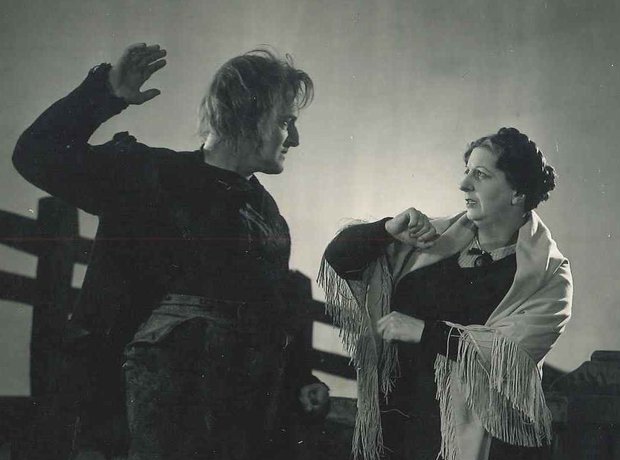
They both found themselves in Burnley during the war years, when The Sadler’s Wells Opera Company relocated to the Victoria Theatre.
Joan Cross had sung with the choir in A Tale of Old Japan in 1935, and Pears actually sang the tenor solos in The Messiah with the choir in January 1945, just 5 months before the sensational success of the first night of Peter Grimes at Sadler’s Wells. Joan Cross also returned to sing with the choir in 1946.
Following the Sadler’s Wells residency at the “Vic”, there must have been considerable interest in opera in Burnley, and most likely in response to this, the choir programmed a series of opera concerts at the Empire in the late 40s:
March 1945 – Carmen (Bizet). Rose Hill sang Michaela. She was a very well-known soprano at the time, but is better known in more recent times as the bedridden old lady in “’Allo, ‘Allo!” - Madame Fanny le Fan. Local born baritone John Hargreaves sang Escamillo - the Toreador.
March 1946 – The Tales of Hoffman (Offenbach) with Henry Wendon and Otakar Kraus.
March 1947 – Faust (Gounod) with Victoria Sladen, Henry Wendon and Otakar Kraus.
March 1948 – Cavalleria Rusticana with James Johnston 1949 – Merrie England with Nancy Evans.
March 1950 – The Bartered Bride (Smetana) with Doris Gambell, Richard Lewis and Roderic Jones.
In addition to the operas, Altham and the choir committee programmed some big ambitious works in the late 1940s.
Mendelssohn’s Hymn of Praise and The Musicmakers were performed in 1946. Joan Cross was the soprano. It marked the first appearance of Marjorie Thomas as alto soloist.
Elgar’s King Olaf followed in 1947 with Heddle Nash, then Vaughan Williams’ majestic Sea Symphony in 1948 with Margaret Ritchie and William Parsons.
The final concert of what had been a glorious decade for the choir and its conductor, was The Dream of Gerontius, held at The Empire on Sunday October 30th 1949.
Gladys Ripley sang the angel. She had quite recently recorded the work with Heddle Nash and the Hallé orchestra for HMV under Sir Malcolm Sargent.
Three great basses sang with the choir during this period: Robert Easton in The Creation in 1946, Owen Brannigan in The Messiah in 1947 and Norman Walker - also in The Messiah in 1949.
The popular Geordie bass, Owen Brannigan (below), returned to Burnley to launch the new decade in 1950, with his famous dramatic interpretation of Elijah.
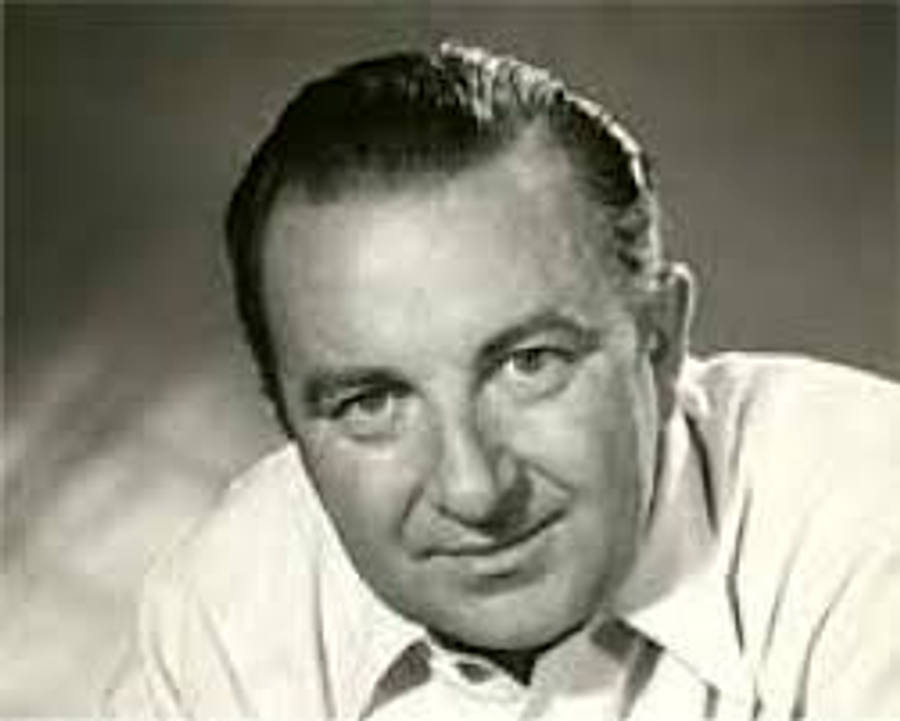
THE 1950s
The choir went from strength to strength in the early 50s, which opened with Owen Brannigan’s Elijah in 1950, then the wonderful Australian soprano Elsie Morison, wife of the great Czech conductor Raphael Kubelik, debuted in 1951 in a “revival” of The Bartered Bride. Marjorie Thomas reprised her Musicmakers in 1952, and then Mancunian Richard Lewis returned in 1951 for the Verdi Requiem, in 1952 for Hiawatha’s Wedding Feast at the Massey Music Pavilion, and in spring 1953 as Gerontius. Also in 1953, Isobel Baillie made her 20th appearance with the choir in The Creation. Making his 1st appearance with the choir that day was Rawtenstall’s George Allen. He was by now one of the leading bass-baritones in the country, and soon became acknowledged as the “definitive” Elijah.
He was to return to sing with the choir on many occasions, and sang Elijah at the choir’s Golden Jubilee Concert in 1970.
In January 1954, Isobel Baillie made her final appearance with the choir in The Messiah, [21 appearances in total]. Later that year, the young Jennifer Vyvyan was the soprano soloist in The Tales of Hoffman.
2 great local baritones debuted with the choir during this time, Norman Tattersall and Jerry Latham.
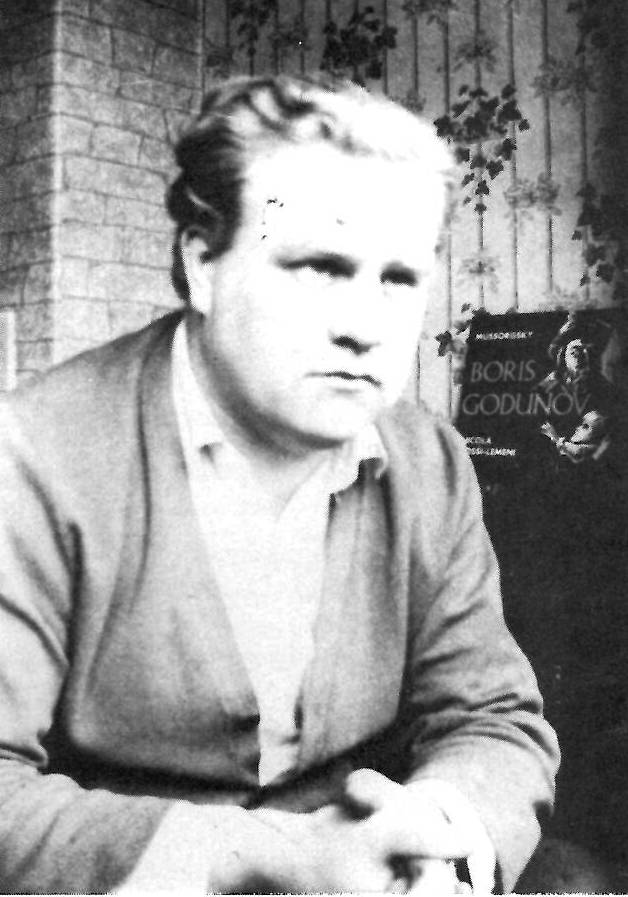
Jerry (above), was a young member of the choir when he was asked to sing the baritone solos in the Brahms Requiem in 1954. The Burnley Express reported that he was “gifted with a voice of remarkable range and superb quality”. Jerry was to be a soloist with the choir on many occasions in the next 25 years.
In the 1954 / 55 season, the choir performed Tom Jones (with both Norman Tattersall and George Allen), Elijah and Cavalleria Rusticana (with soloists including Jennifer Vyvyan and the famous D’Oyly Carte tenor Thomas Round).
The Elijah was notable not only for a superb line-up of soloists that included both Owen Brannigan and Elsie Morison in two of their signature roles, but also because George Altham’s son Norman stood in at short notice to sing the Youth, when the engaged boy treble fell sick.
Young Norman was presented with a bound copy of Elijah to mark the occasion, which was inscribed and autographed by the soloists.
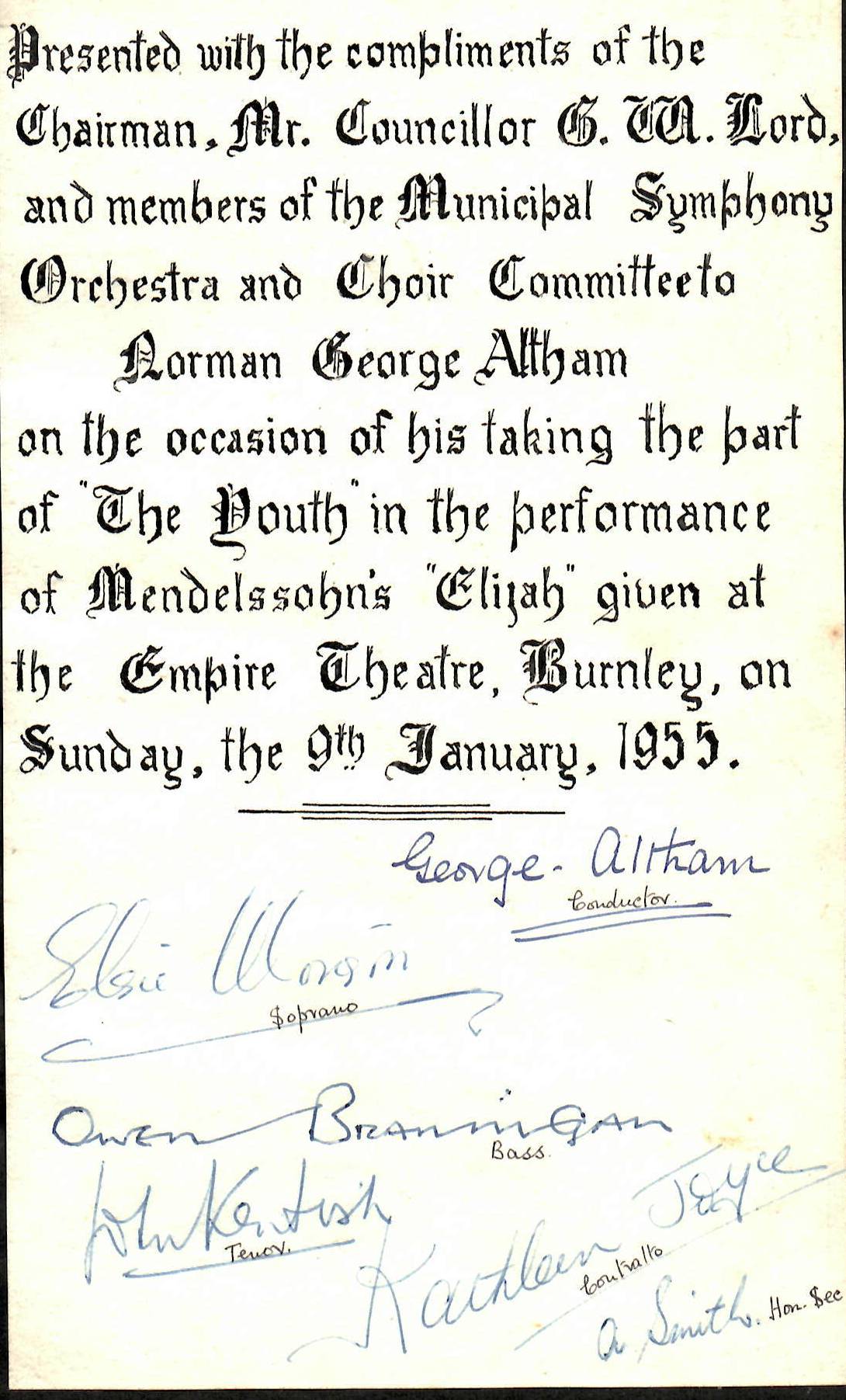
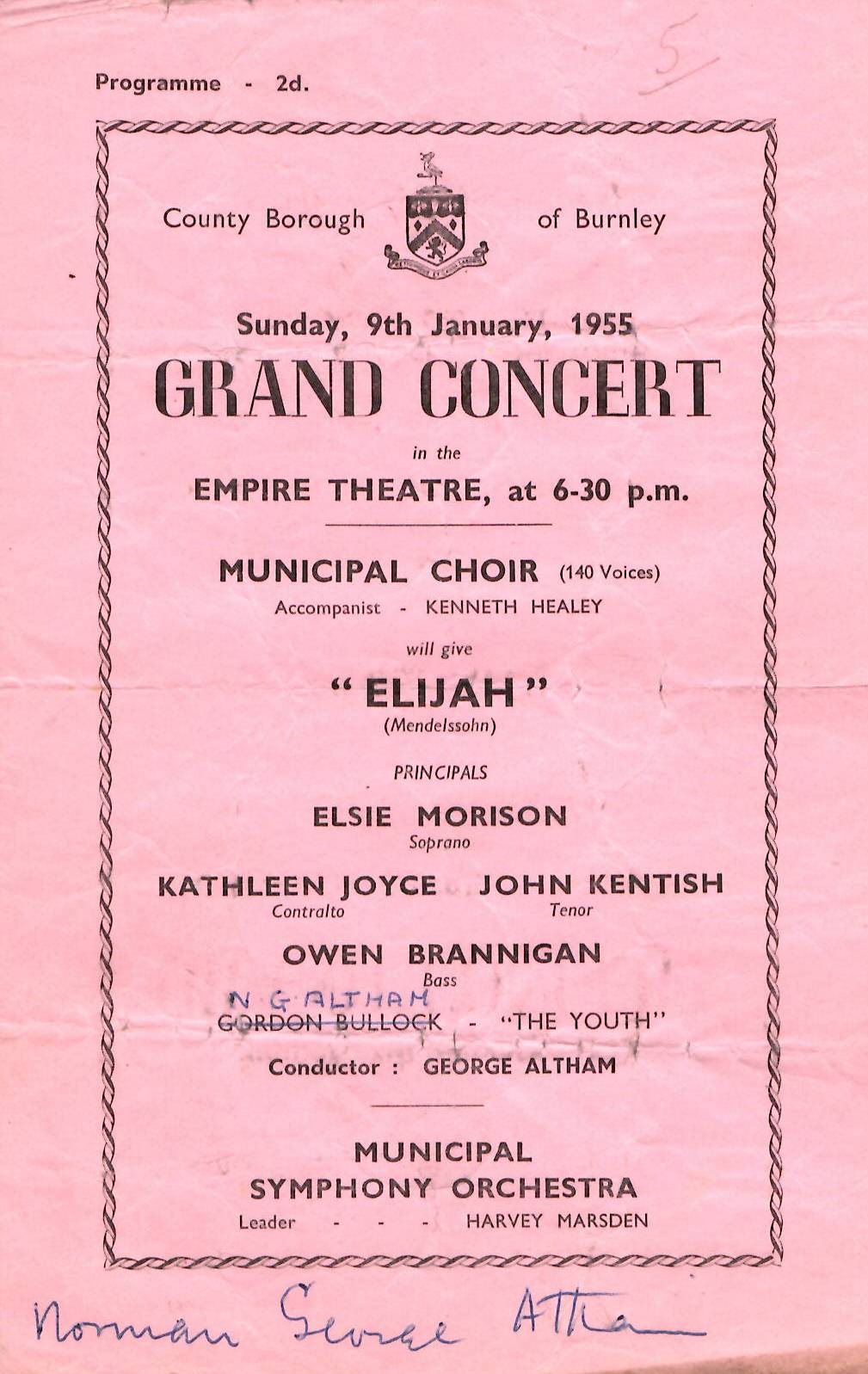
At the end of the season, a special presentation was made to George Altham of an ebony baton with silver inscribed cap and tip, to celebrate his 21 seasons as conductor.
This had been a golden era for the choir. Numbers were consistent at 140, and musical standards were very high due to his commitment and drive. He had also led the Nelson Arion to victory over all the top Welsh choirs at the Welsh National Eisteddfod.
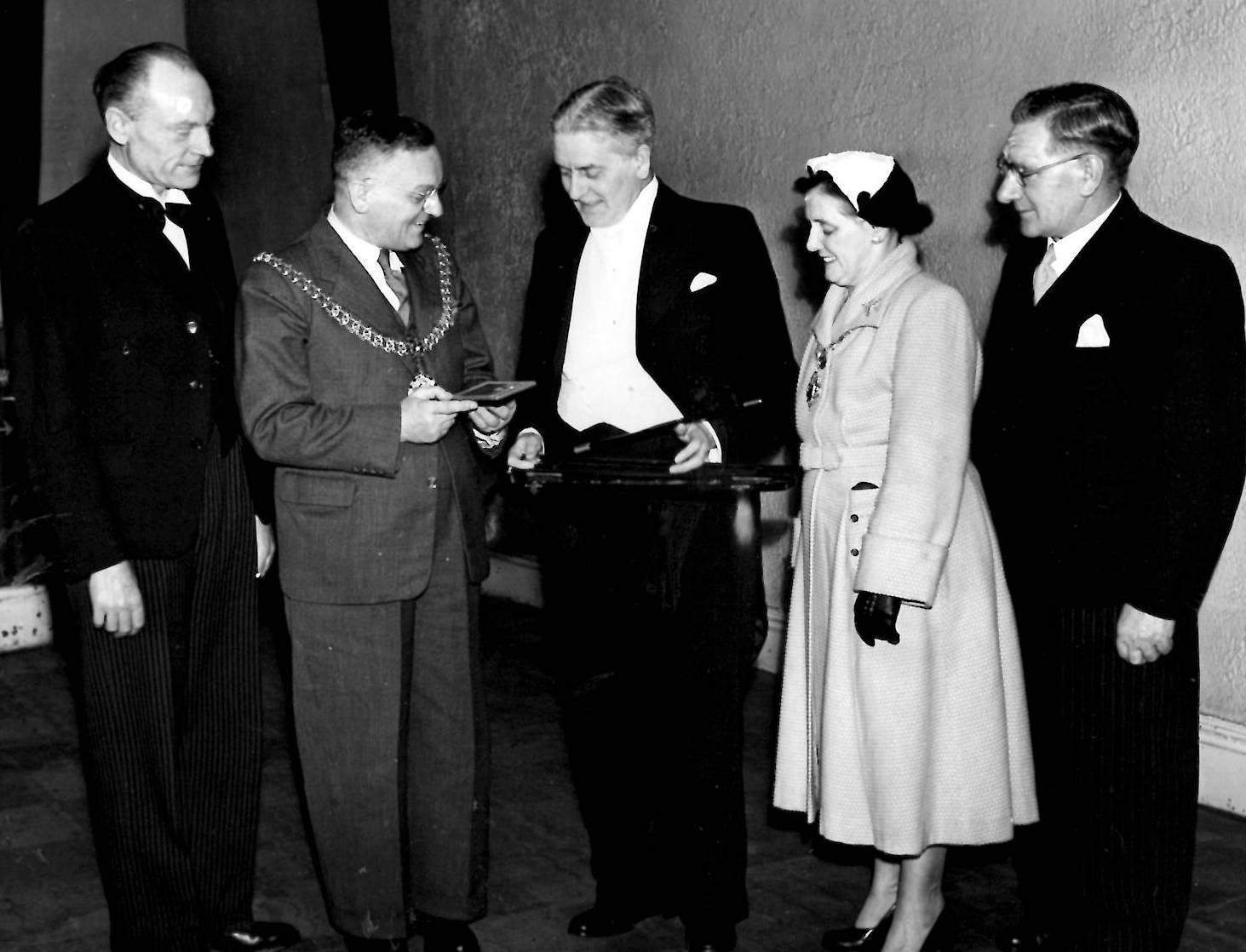
Within a year George Altham had passed away at the young age of 55.
The town would not see his like again.
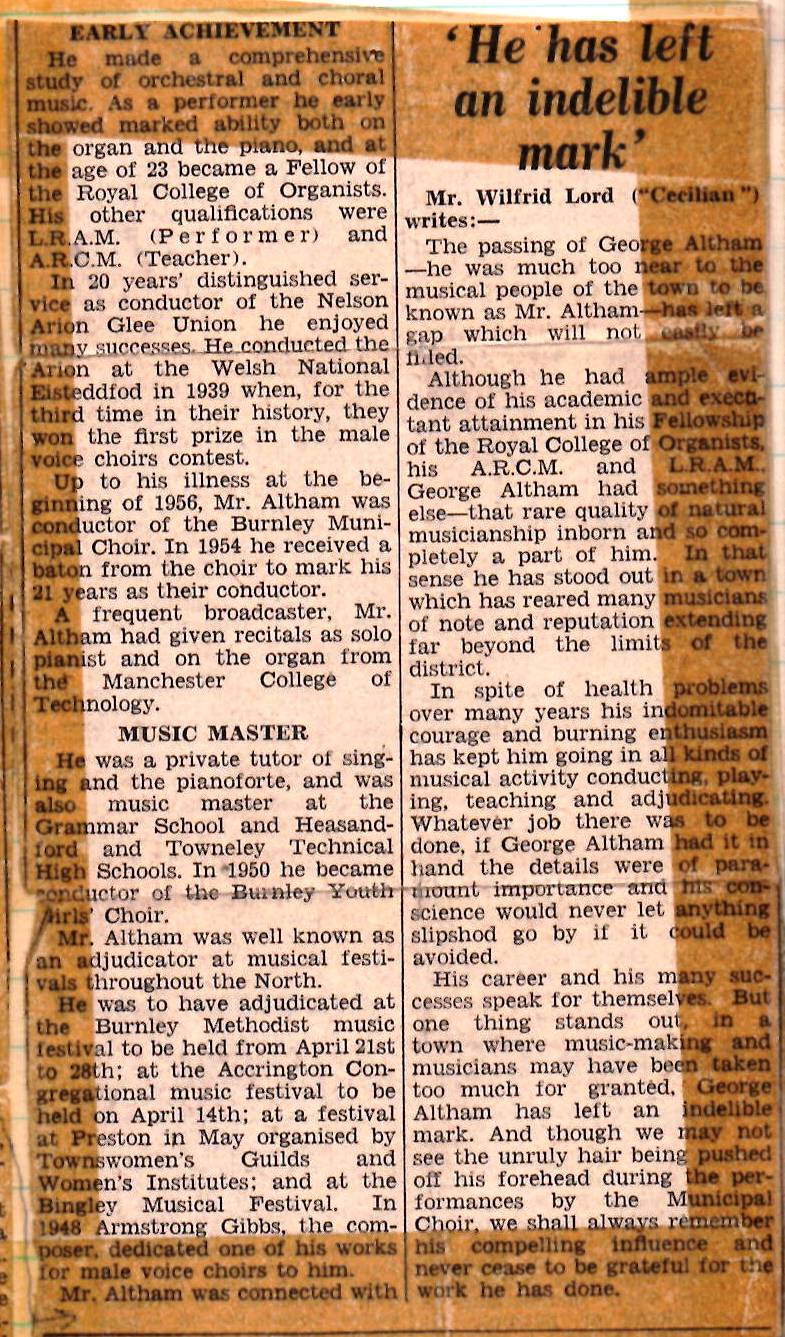
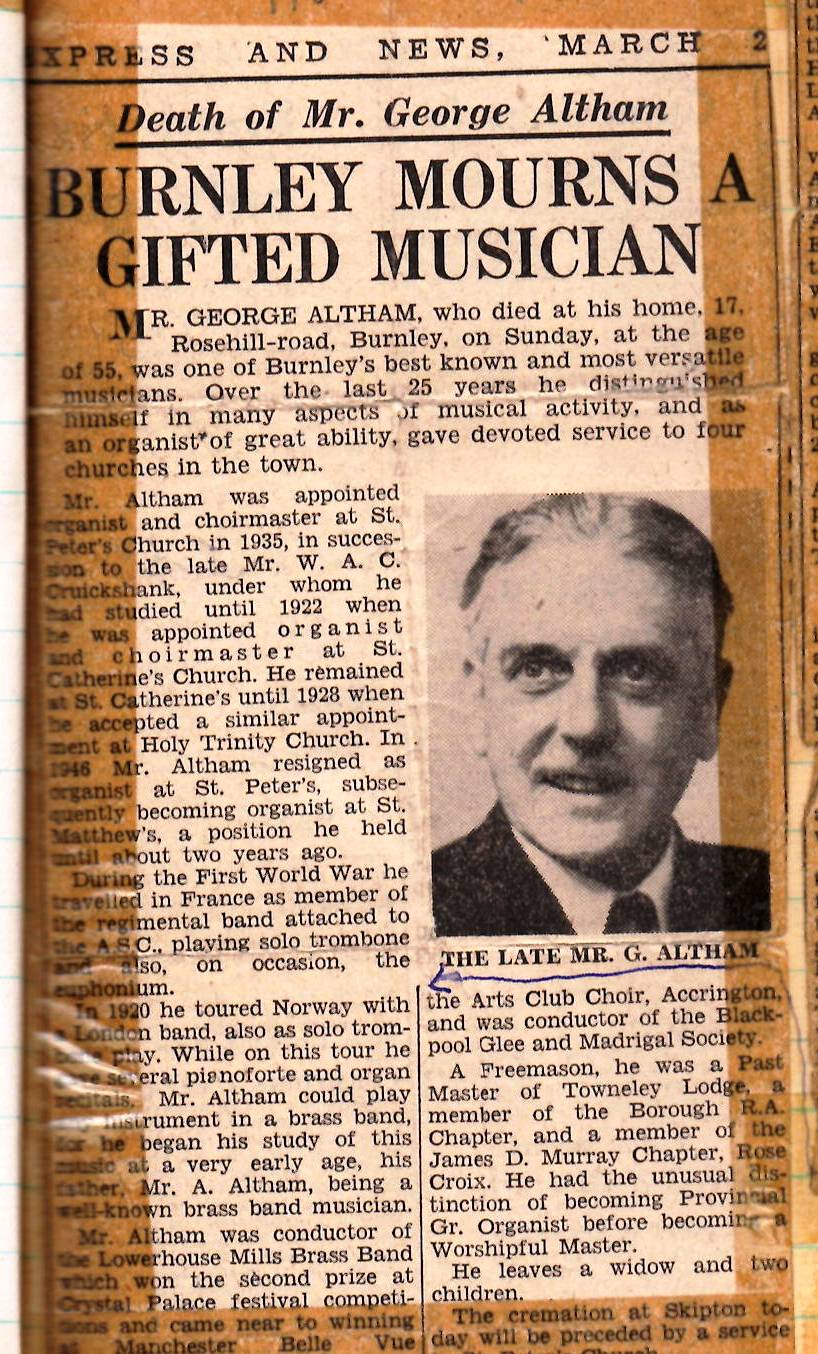
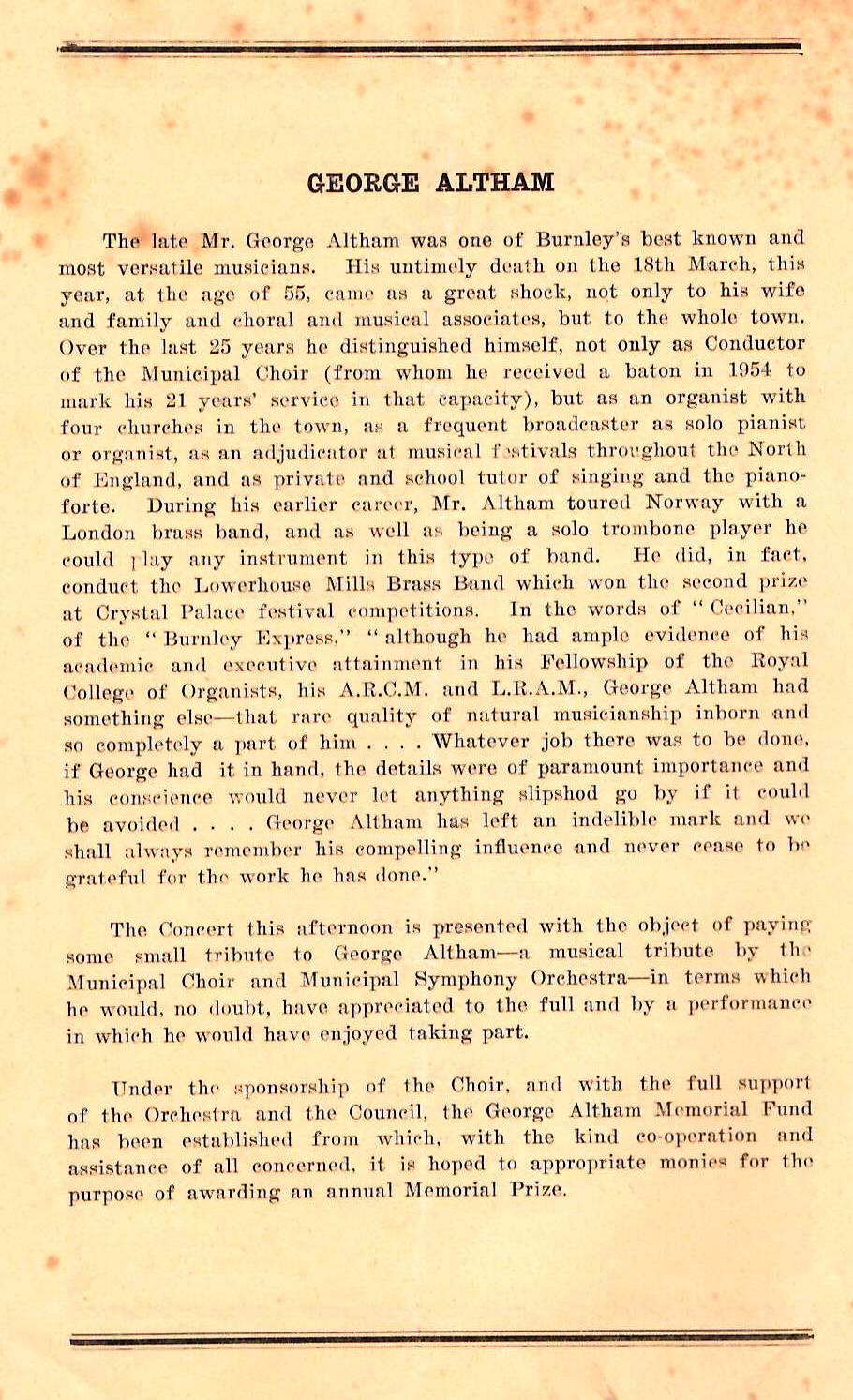
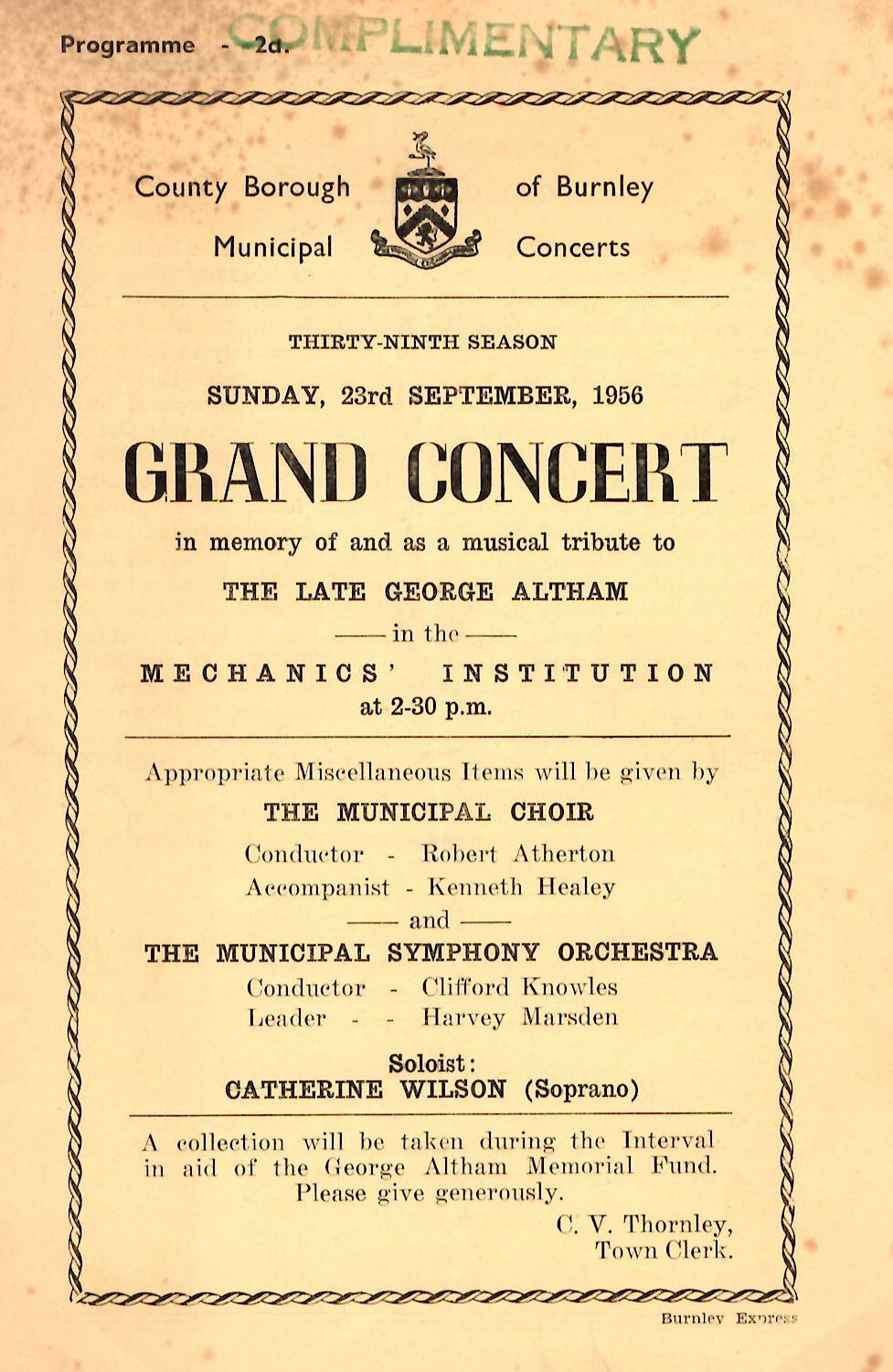
Continue to History Part 3 - The Late 20th Century


